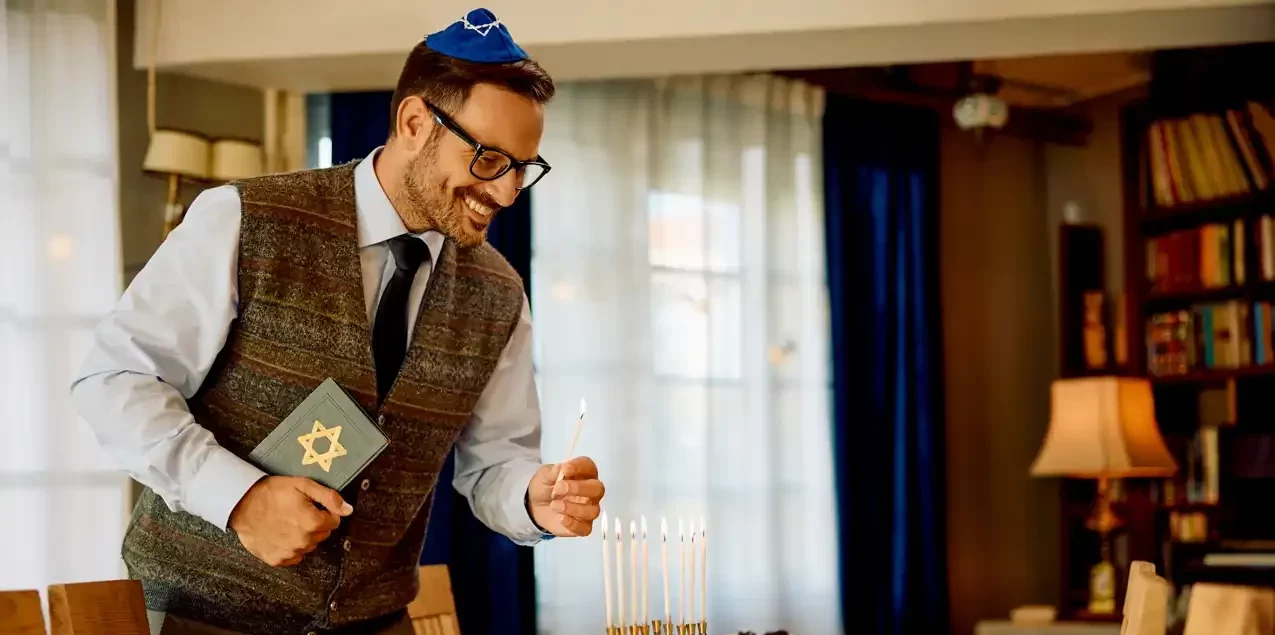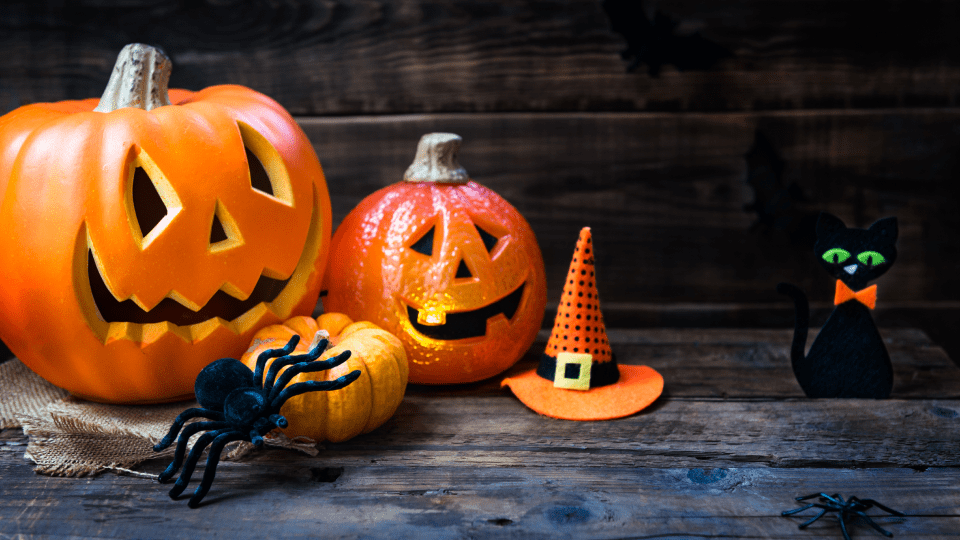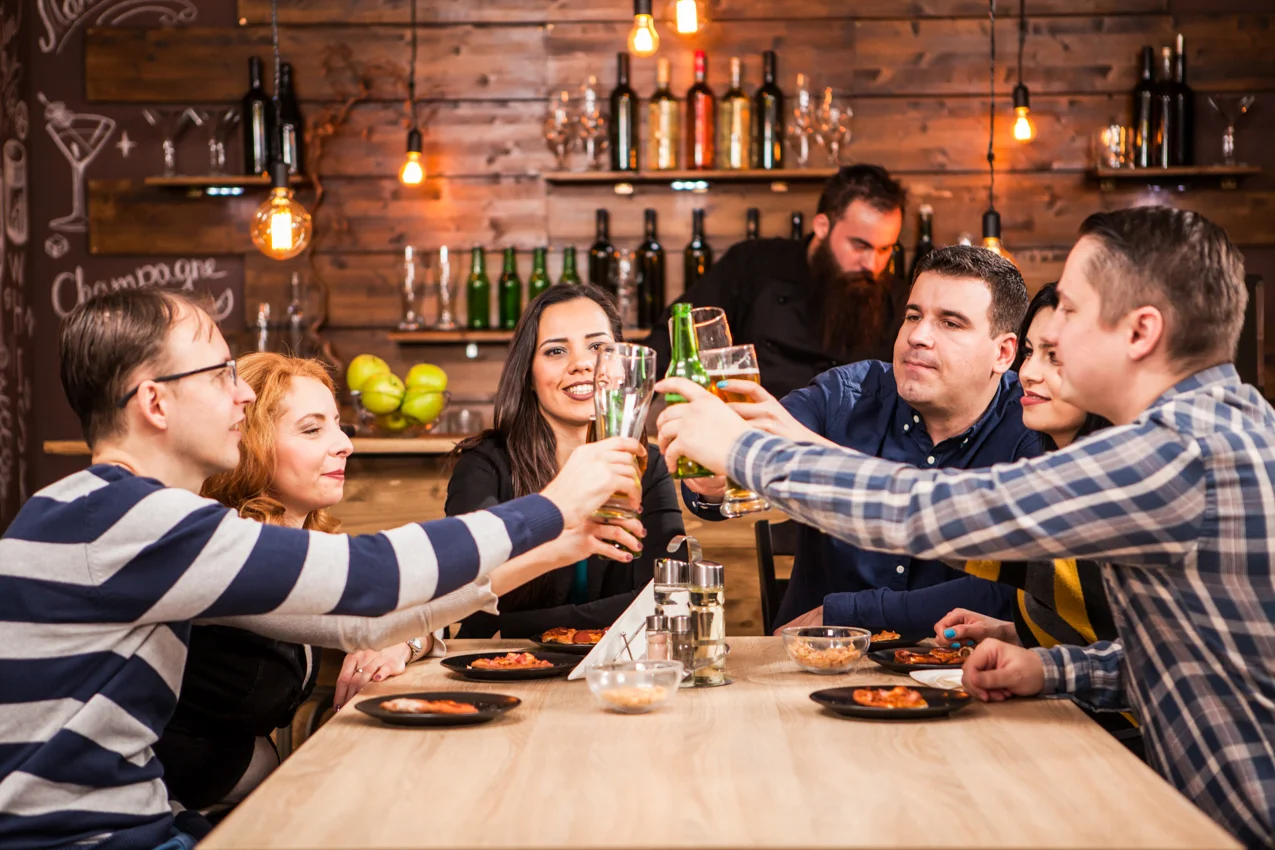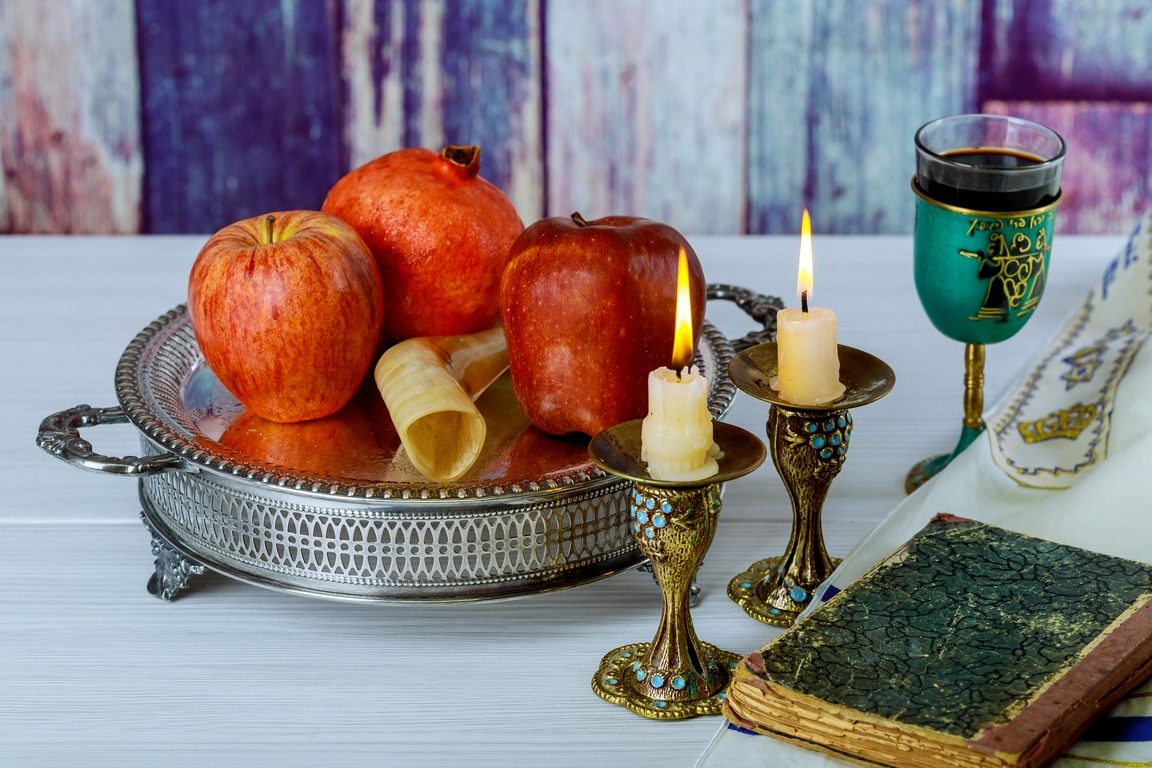Different cultures and religions in the world have their own unique religious holidays. These holidays help remind us of the religious events of the past that happened thousands of years ago. It is also a good way to show our devotion to our individual faith. Each of these religious holidays have its own customs, traditions and ceremonies.
The pilgrim festival of Pesach or Passover is one such religious holiday having its unique set of rituals. The Passover is a significant religious and cultural celebration observed by Jewish communities worldwide. It is the commemoration of the liberation of ancient Israelites from their slavery in Egypt. The festival is one among the three pilgrimage festivals of Jews – Pesach, Shavuot and Sukkot.
The Passover festival is about honoring the hand of the Divine in bringing the last plague on Egyptians but passing over the homes of Israelites and sparing them. The festival reinforces the spiritual idea that God is the great liberator of mankind. In this blog post, let us dive into the traditions, rituals, and festivities associated with this sacred holiday.
Passover – Historical Significance and Origins
Now, let us know more about the origin of the Passover and the pilgrim history associated with the festival. The Passover festival has its origins connected to the ancient Israelites, tracing its roots back to the biblical times.
According to the story of Exodus in the Hebrew Bible, the Israelites suffered slavery under the Egyptians for hundreds of years. As the Israelites were enduring the sufferings, Moses received a command from God to go as a divine representative to Egypt and free the Israelites from slavery. Moses approached the ruling Pharaoh of the time. The Pharaoh refused to give in to the request of Moses.
This led to God sending a series of plagues to Egypt to force the Pharaoh. The Israelites obeyed God’s instructions throughout the plague and marked the door frame of their houses with lamb’s blood. This caused the plague to “pass over” all the houses that had the lamb’s blood while all the Egyptians suffered. This finally forced the Pharaoh to agree to give liberation to the Israelites.
The pilgrimage festival of Passover became a cornerstone of Jewish identity and faith that symbolizes freedom, redemption, and renewal. The independence of Israelites from the clutches of the Egyptians was the starting point for establishing themselves as a nation.
The festival has a few key events and rituals such as the Pesach cleaning, Seder meal, the retelling of the Exodus story, and the observance of dietary laws. The Seder meal usually happens either at home or in the community. The festival also calls for special shopping to fill the kitchen with Passover-related kosher food.
Meaning and Universal Themes of Passover
One of the three pilgrim festivals of Jews, the Passover has deep meaning and enduring significance in the lives of Jewish individuals and communities, both past and present. For ancient Israelites, the Passover was the sign of God’s protection and deliverance. For the present day Jews, the festival is the commemoration of the liberation of ancient Jewish people from slavery.
The universal themes of freedom, liberation, and renewal embodied by the Passover, resonates across cultures and generations. The freedom and liberation of ancient Israelites from the Egyptians shows that it is worth the effort to work hard for your independence and autonomy. Moreover, the Passover festival is celebrated at the beginning of the spring season. This reminds us that there is rebirth and there is hope. It is the time of renewal.
Passover traditions and teachings are to be preserved and passed down to future generations as a means of connecting to Jewish heritage and identity. Parents and elderly Jews must make it a point to inculcate the spirit of celebrating Passover in young kids. Moreover, it was the redemption of the Israelites from Egypt that created a new identity for the Jews. So, the Passover pilgrim celebration is the celebration of Jewish identity and heritage.
Passover Traditions and Customs
In this section, let us explore the traditions and customs of this joyous pilgrim festival. Passover has a rich tapestry of traditions and customs observed by Jewish families and communities around the world.
1. Pesach Cleaning
Pesach cleaning is one of the foremost traditions of the Passover. It is customary to clean the house before the Passover to remove traces of food products made of barley, wheat, rye, etc.
2. Hosting a Seder
The seder is a festive meal that marks the beginning of the Passover. Seder is the time when friends and family come together to have a joyful meal, read Haggadah, retell the story of Exodus and recite prayers.
3. An Extra Glass of Wine
It is a traditional practice to keep an extra glass of wine at the seder table for Prophet Elijah. The door is also kept open so that the spirit of the prophet will enter the house.
4. Passover Story
An important aspect of the festival is the reading of the Passover story from the Torah or from Haggadah.
5. Afikomen
The word “Afikomen” means dessert. During the seder meal, a piece of matzah is broken into two pieces. The larger piece, which is the Afikomen and meant to be the dessert, is wrapped and hidden away. The children at the table are assigned the task to find the Afikomen. Once it is found and returned to the table, it can be exchanged for other gifts. This is a great fun activity for both kids and adults.
6. Unleavened Bread
Jews do not have leavened bread during the time of the Passover. Instead, they have matzah, an unleavened cracker-like bread.
Traditional Passover Food
The Passover food is a commemoration of the food tradition of the Israelite ancestors of the past and is an important part of the present day Passover festival. Below is a list of traditional food that are prepared on the occasion of the Passover.
- Matzo: This is a cracker-like unleavened bread made from flour and water.
- Charoset: It is a mixture of nuts, apples and wine.
- Bitter Herbs: This is a combination of bitter herbs such as romaine lettuce or horseradish.
- Matzo Ball Soup: This is a soup made by mixing together chicken broth and vegetables with matzo balls.
- Gefilte Fish: This dish is made from ground fish that is combined with eggs, onions and matzo meal.
- Brisket: This is a dish made of slow-cooked beef.
- Tzimmes: It is a dish made up of root vegetables like carrots, yams and sweet potatoes, along with dry fruits like dried apples, cranberries, prunes and so on.
- Wine: It is a traditional practice to include four cups of wine in the Passover seder.
Conclusion
The pilgrim festival of Pesach or Passover is an important festival for Jews all over the world. It is a time-honored tradition celebrating the freedom, faith, and community of the Jewish people. The ancient Israelite’s faith in God helped them to eventually escape from slavery and establish themselves as an independent community.
This blog post was a basic guide to the traditions and customs of the festival of Passover. Learn more about the festival and embrace the spirit of renewal and liberation embodied by this sacred holiday.
If you are interested in visiting Poconos for an amazing vacation, HolidayKeepers offer a variety of luxury homes and vacation rentals to help you with your stay. The rentals have ample amenities so that you experience a convenient vacation. Contact us to get to know more about this.




